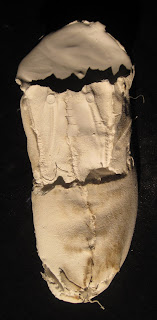1. How does Peter Zumthor talk about the "Magic of the Real" and explain how this compares, in terms of the subtleties, to Michael Benedikt's "Architecture for Reality"?
Zumthor talks about Magic of the Real as relaxation and if there was a way to possible make relaxation within architecture. Benedikt talk more on a level of things that have already been made, and how the change our life's.
2. Material Compatibility, Temperature of a Space and Levels of Intimacy are some conditions that both Peter Zumthor, in “Atmospheres”, and Richard Serra, in “Weight and Measure”, make a point of articulating when consider space. Where in their explanation of these overlapping conditions are they similar and where do they differ?
Serra and Zumthor have similar beliefs they both talk about mood and how it changes for each person. But Zumthor is more about trying to capture the mood with in his work and Serra is more about materials creating a repetition that was pure.
3. Zumthor looks towards experiential conditions when creating architecture, what are other methods architects use when generating architecture and what is the corresponding building?
I think our memory experience has to do with what Zumthor is looking towards. If he didn't study or know how a person were to circulate through a space he would not be able to design a space with functionality.
4. For Zumthor at the end of the day, after figuring use, sound, place, light and the other listed conditions, if the coherence isn’t beautiful the process is started again. Beauty is simultaneously subjective for the individual, as held “in the eye of the beholder”, and universally recognizable. Define your subjective understanding of what beautiful architecture is
I don't think I have a complete and full understanding of what beautiful architecture is. But right now I think beautiful architecture is function with a pretty face. Elements working together to make your marvel in delight. Without functionality within a space why even consider it a space. And by pretty face I am meaning nice to look at works well with its environment

































